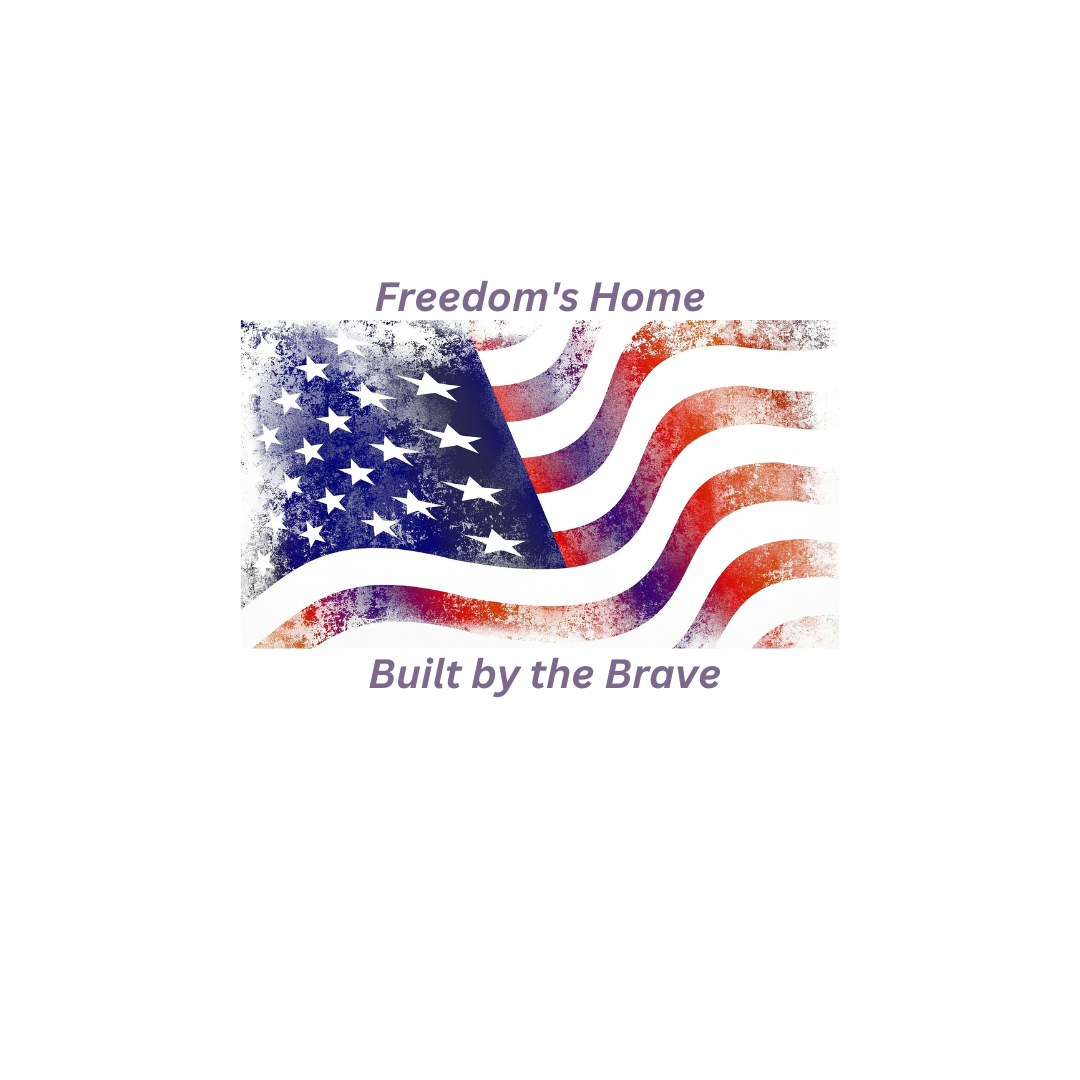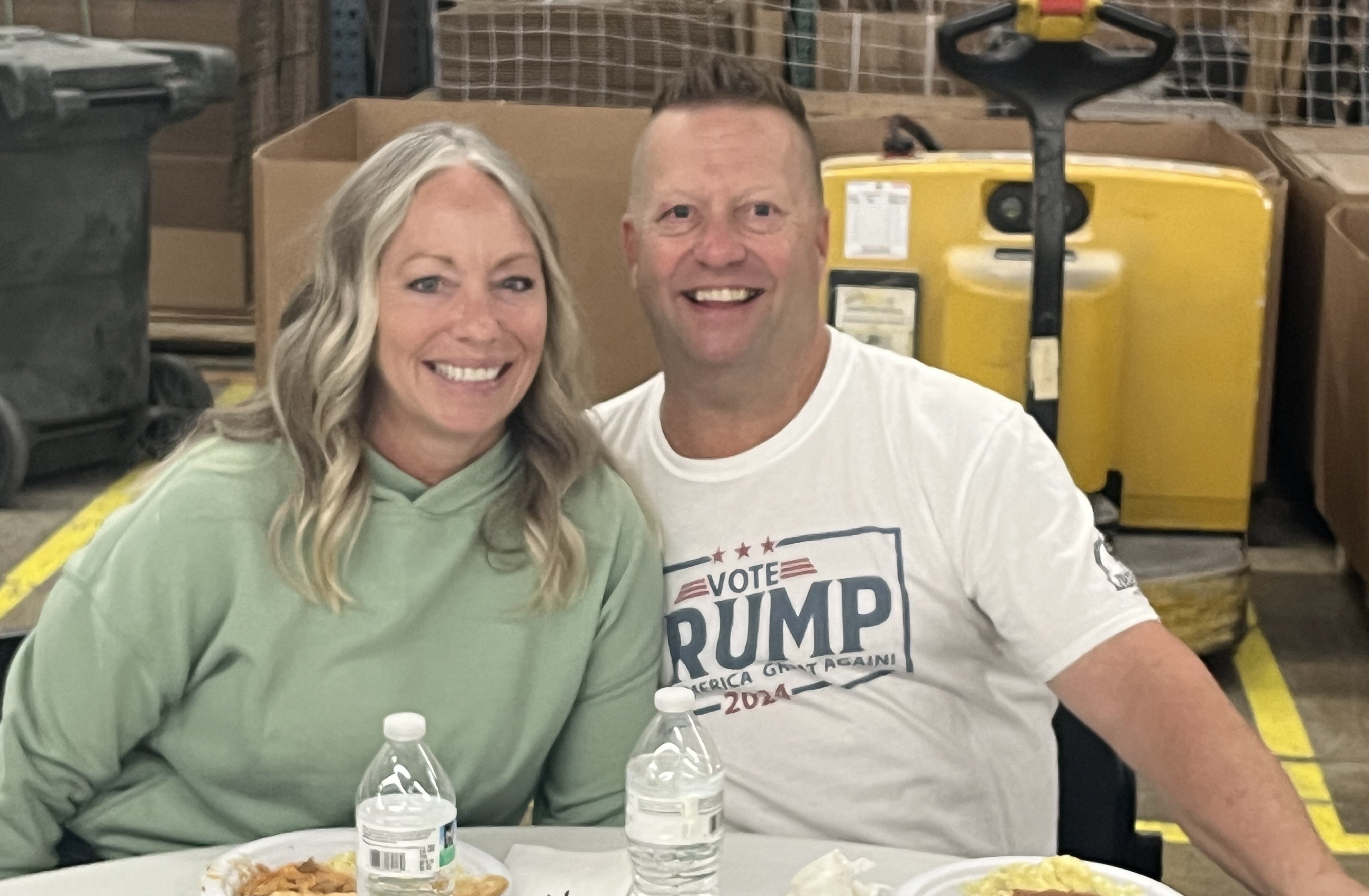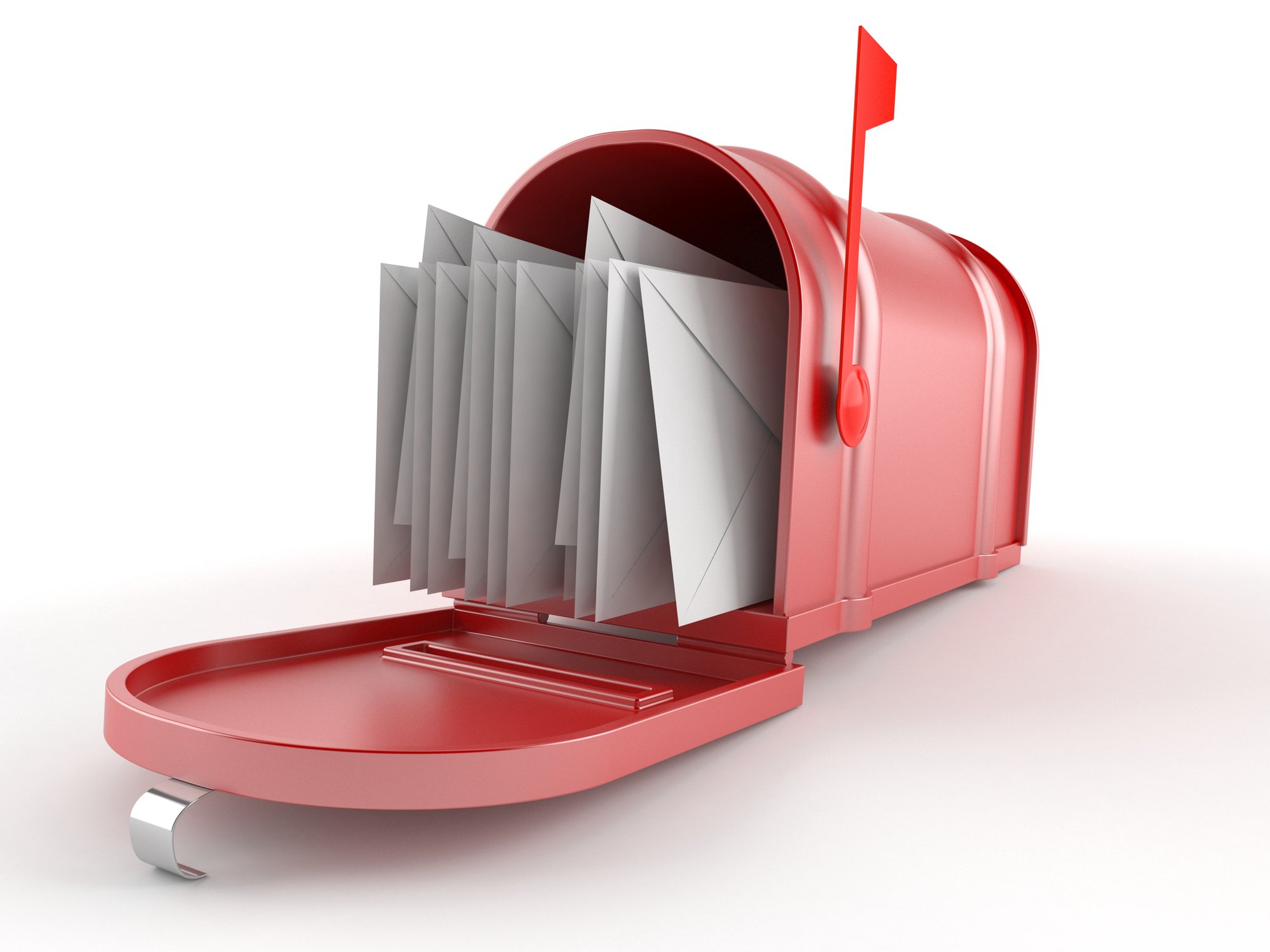June 14, 2013 at 11:59 AM
Change is in the Air
 So we're well into the summer (ok, 7 days to go) and your perennials are just now starting to peek out of the still-chilly soil. Mine on the other hand did not survive the winter, but my thumb is hardly green. The changing seasons always excited me but also takes me by surprise, which is part of the allure of the climate we live in. While our 2013 weather may be less-than-ideal as far as seasonal benefits, the timing is idyllic for ways to increase awareness of recent changes with regard to mail piece design.
So we're well into the summer (ok, 7 days to go) and your perennials are just now starting to peek out of the still-chilly soil. Mine on the other hand did not survive the winter, but my thumb is hardly green. The changing seasons always excited me but also takes me by surprise, which is part of the allure of the climate we live in. While our 2013 weather may be less-than-ideal as far as seasonal benefits, the timing is idyllic for ways to increase awareness of recent changes with regard to mail piece design.
Is That Your Final Answer
Many of us in the mailing industry participated in the design study to revise Folded Self-Mailer (FSM) standards for automation letter-size formats. The result according to the USPS was “revised mailing standards which introduced more creative mail piece design options that better match with mail processing capabilities.” This said, additional opinion exists that these changes have made it very difficult to design direct mail that is unique, cost effective and most importantly regulatory compliant. Regardless of your personal view, most agree having fast and accurate resources for questions as to what is (and is not) allowed is hugely valued. The changes of January 5, 2013 for folded self-mailers and subsequent changes to those changes will be explored here over the next few weeks.
Change is Good
A recent change made to what we all thought was the final ruling was regarding the tri-fold self-mailer. The rule stated that the tri-fold needed to be addressed on the middle panel, meaning proper fold orientation for the trifold design requires the final folded panel to be on the non-address side and folded up from bottom for horizontal fold pieces, or from lead to trail for vertical/oblong fold pieces. However, USPS will now allow the addressed panel to be the final folded panel at the machinable (automation) letter prices if the lead edge is sealed with an additional 1” tab (1-1/2” preferred) for pieces up to and including 1 oz. or 1-1/2” tab if over 1 oz. placed 1/2” inch from the bottom of the leading edge, or a 3/8” glue spot or a 1/8” wide glue line placed 1/2” from the bottom and no more than 1/4” from the leading edge. As if this was not enough to absorb, the glue spots or lines must be adhered from the addressed panel to the internal panel when the fold is completed. (Note: Section 201.3.14.4 was updated to clarify this option.)
Bottoms Up
As we know the new standards do not allow the bottom edge to be open; however, with oblong pieces the bottom edge is open. I have often wondered why the open bottom edge for oblongs are eligible for automation but not a regular FSM with the final fold at the top and the bottom edge open?
The explanation from USPS is that for horizontal folded pieces, the fold on the bottom edge and the closure on the sides or at top provides stability; oblong pieces have the folds vertical, which creates an open edge at bottom, but the these types of folds are considered stable because the closure is not placed on the bottom edge.
Signed, Sealed, Delivered
I’ve often wondered if there any alternate sealing methods for oblong pieces instead of placing three glue spots on the trailing edge. More is NOT always better! As such, two glue spots can be placed on trailing edge with the third glue spot centered on the top edge of the non-address panel to seal the mail piece.
Check back and don’t hesitate to post a question that we may be able to help make sense of for you. If nothing ever changed, there'd be no butterflies.
Popular Posts

Memorial Weekend

Landing Pages
Learn Why Omnichannel Marketing is Trending

Direct Mail





